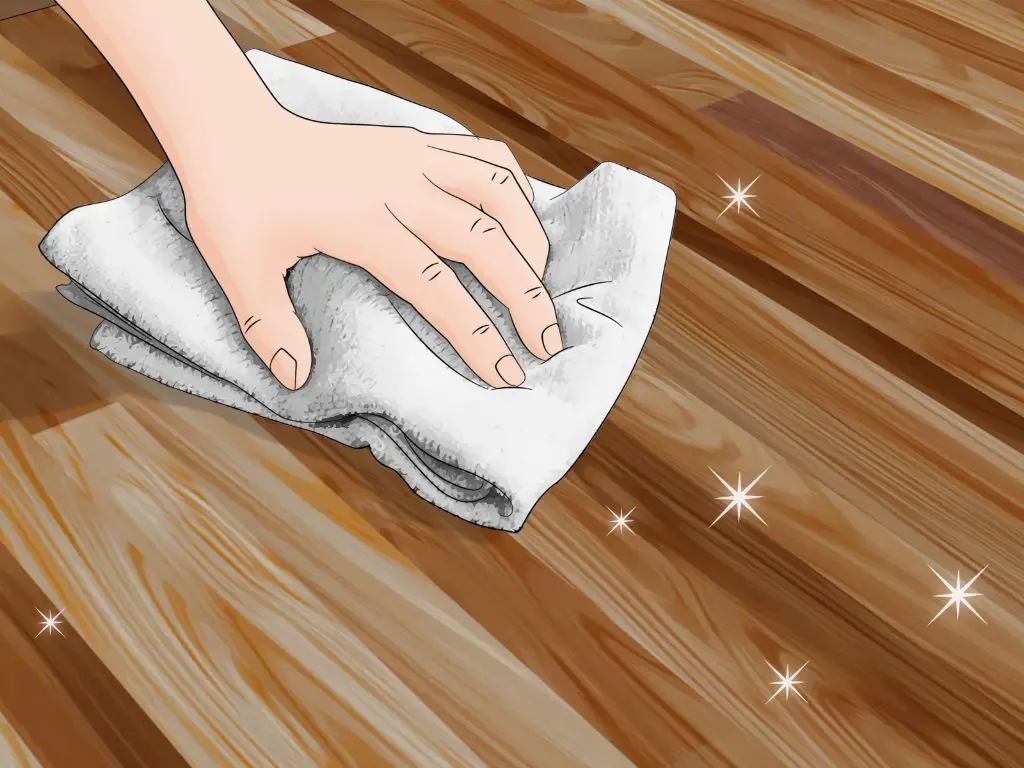This is a common question that many DIYers and woodworkers have when finishing a project. The short answer is yes, you can apply a water-based polyurethane over an oil-based polyurethane, but there are some important factors to consider first.
Page Contents
The Differences Between Oil and Water-Based Polyurethanes
Oil-based and water-based polyurethanes have some key differences that impact how they can be used together:
- Oil-based polyurethane contains solvents like mineral spirits, while water-based is water soluble.
- Oil-based takes longer to dry and emits strong fumes, while water-based dries faster with less odor.
- Oil-based forms a harder, more amber-colored finish, while water-based is clear and a bit softer.
- Oil-based cannot be cleaned up with water or soap, while water-based can.
Due to their different solvents and chemical makeup, the two types of polyurethane do not bond well to each other when wet. But once cured, they can adhere to each other with proper preparation.
Preparing the Surface
The most important step is making sure the oil-based poly has fully cured before applying the water-based poly. The curing times are:
- Oil-based poly: 24-48 hours between coats, 2-3 weeks full cure
- Water-based poly: 1-2 hours between coats, 1 week full cure
So you’ll need to allow the oil-based finish a minimum of 2-3 weeks before topcoating. Sanding will also help the water-based poly adhere. Lightly sand the cured oil-based finish with 220-320 grit sandpaper to rough up the surface.
Make sure to clean off any sanding dust using a tack cloth. This removes debris and helps the new finish bind to the surface.
Applying the Water-Based Poly
When applying the water-based poly over oil-based, follow these tips:
- Apply thin coats, 2-3 coats is ideal for maximum durability.
- Lightly sand with 320 grit sandpaper between coats for good adhesion.
- Maintain proper drying times between coats, about 2 hours is recommended.
- Work in a well ventilated area since fumes can build up.
- Wear protective equipment like goggles, gloves, and a respirator mask.
The water-based poly will go on milky white but dry clear. Allow the final coat to cure for at least 7 days before normal use of the finished piece.
Potential Issues
Although water-based poly can be applied over cured oil-based, here are some potential issues to be aware of:
- Insufficient cure time of the oil-based finish can lead to adhesion problems of the water-based coats.
- Incompatible finishes may wrinkle, crack, lift or remain tacky when applied atop one another.
- Trapped solvents from the oil-based finish may escape through the water-based coats and cause bubbles or surface defects.
- Applying too thick of a water-based layer can lead to cloudiness and extended drying times.
Doing proper preparation work and following the manufacturer’s instructions can help minimize these risks. Test on scrap wood first if concerned about compatibility.
Best Practices
To successfully apply water-based poly over an oil-based finish, follow these best practices:
- Allow oil-based finish to cure fully, 2-3 weeks is recommended.
- Lightly scuff sand the oil-based finish to improve adhesion.
- Use compatible finishes from the same manufacturer when possible.
- Apply thin coats of the water-based poly, 2-3 coats for best durability.
- Let each coat fully dry 2 hours before adding the next coat.
- Maintain proper ventilation in the work area.
- Clean tools immediately after use with water.
Alternative Options
If you want to avoid using water-based poly over oil-based altogether, here are some good alternatives:
- Shellac – Shellac sticks to nearly any surface and can be used as a barrier between finishes. Apply a coat over the cured oil-based poly before adding your water-based coats.
- Wax – Applying a layer of paste wax or liquid wax will create a protective layer while avoiding chemical interactions between the finishes.
- Varnish – Oil-based varnish can be safely applied over cured oil-based poly for added protection.
- Sand and reapply – For damaged finishes, you can sand down through the layers and reapply fresh coats of the same type of polyurethane.
Frequently Asked Questions
Can I put water-based poly over semi-cured oil-based poly?
No, you should never apply water-based poly until the oil-based finish has fully cured for at least 2-3 weeks. Applying over a semi-cured finish will likely cause major adhesion and compatibility issues.
How long do I have to wait to put water-based poly over oil-based?
Wait a minimum of 2-3 weeks for the oil-based poly to fully cure before applying the water-based finish. This allows all the solvents to evaporate.
Should I sand between coats of water-based poly over oil-based?
Lightly sanding with 320 grit sandpaper between coats of the water-based finish will help with adhesion and a smooth final result. Just be sure to clean off dust before adding the next coat.
Can I use water-based poly as the final coat over oil-based?
Yes, water-based poly makes an excellent protective topcoat over cured oil-based polyurethane. Allow the oil-based finish to cure fully, scuff sand, then apply around 2-3 thin coats of water-based poly for best results.
What sheen should I use for water-based over oil-based?
This is personal preference, but satin or semi-gloss water-based poly provides a nice subtle sheen over oil-based. Gloss water-based may create too much glare over a glossy oil-based finish.
Conclusion
Applying water-based polyurethane over cured oil-based polyurethane is certainly possible with proper preparation and application. Allowing ample cure time of the oil-based finish and scuff sanding prior to coating is crucial for adhesion and compatibility of the layers. Use thin, multiple coats of water-based poly for best protection and aesthetics. With some care taken during the process, you can safely use water-based over oil-based polyurethane.
